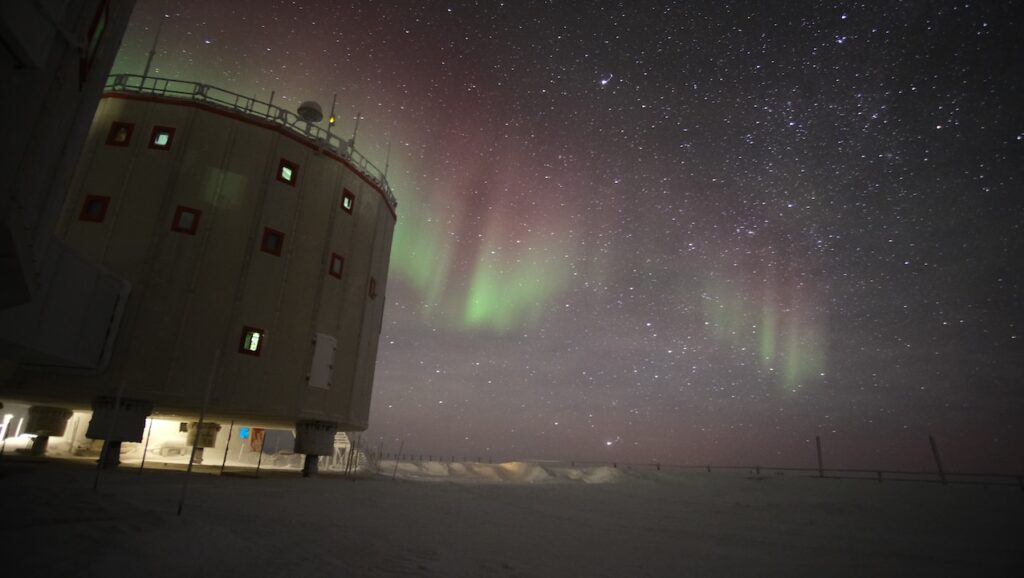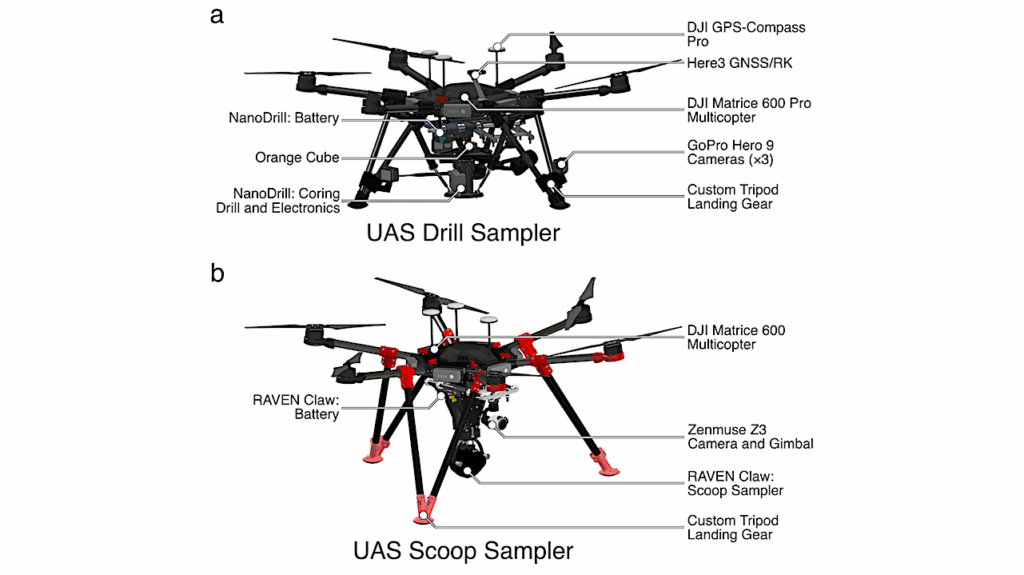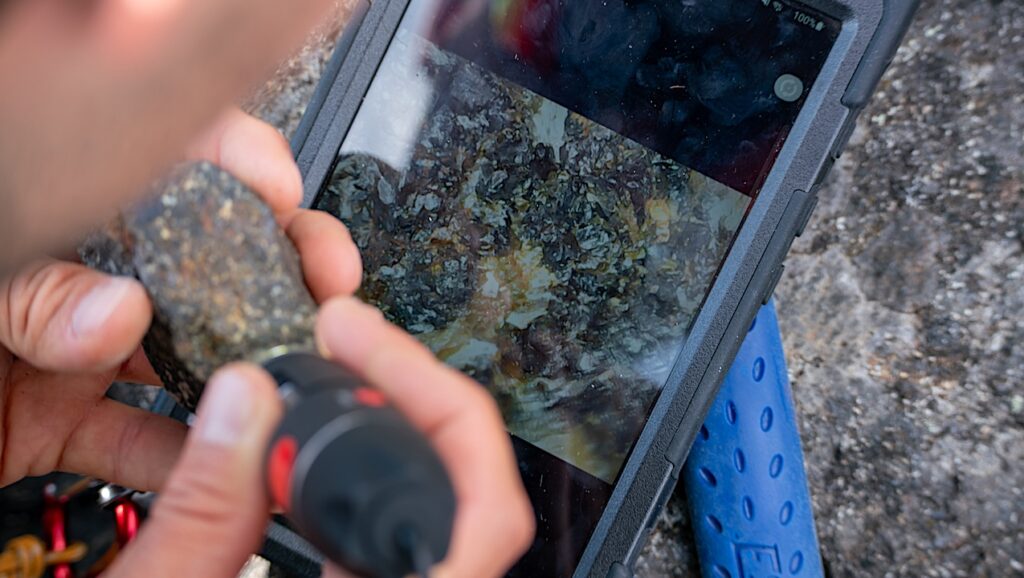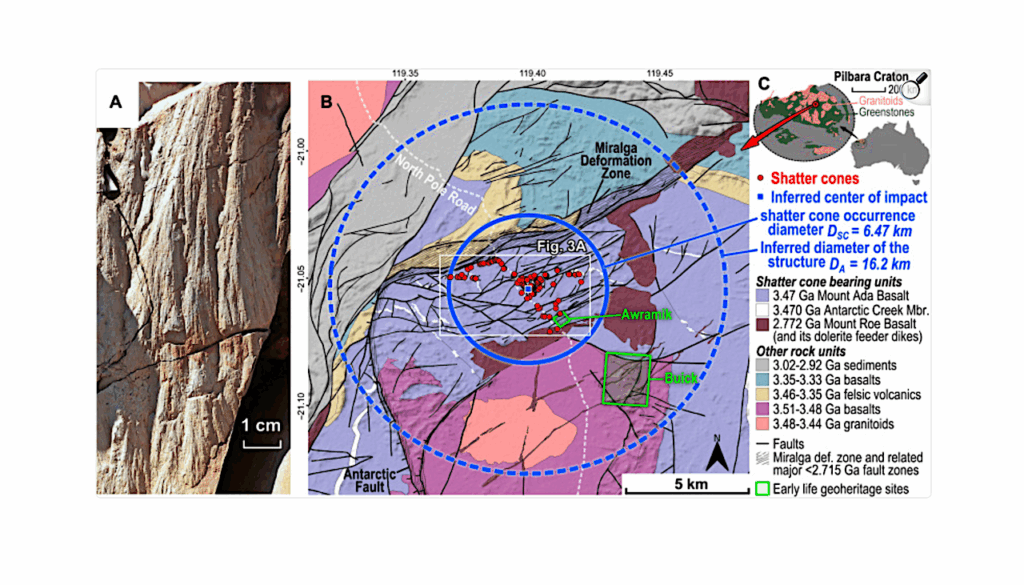Astrobiology Expedition To Lake Untersee, Antarctica: Genome-resolved Metagenomics Reveals Diverse Taxa And Metabolic Complexity
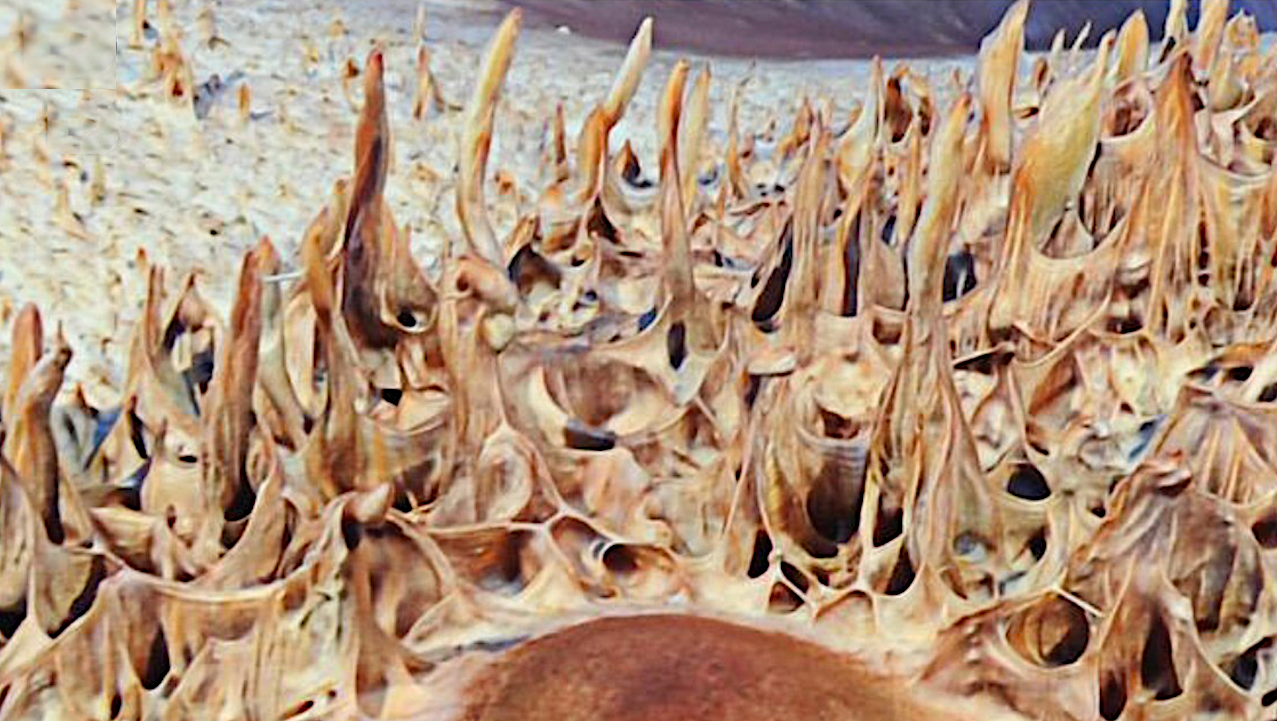
Lake Untersee, a lake in Antarctica that is perennially covered with ice, is home to unique microbial structures that are not lithified.
We have evaluated the structure of the community and its metabolic potential across the pigmented upper layers and the sediment-enriched deeper layers in these pinnacle and cone-shaped microbial structures using metagenomics. These microbial structures are inhabited by distinct communities.

The microbial structures of Lake Untersee (A) Pinnacle and Cone microbial structures forming adjacently (B) Pinnacle microbial structures (C) Cross-section of a cone structure showing individual sedimentary layers with an upper layer consisting of a few highly purple pigmented lamina and lower unpigmented laminae of beige colour and rich in sedimentary clay (D) Cross-section of a pinnacle structure. Photography by Dale T Andersen. — Environmental Microbiology
The upper layers of the cone-shaped structures have a higher abundance of the cyanobacterial MAG Microcoleus, while the pinnacle-shaped structures have a higher abundance of Elainellacea MAG. This suggests that cyanobacteria influence the morphologies of the mats.

Schematic illustration of microbial mat structures, cones and pinnacles, and their associated cyanobacterial taxa. — Environmental Microbiology
We identified stark contrasts in the composition of the community and its metabolic potential between the upper and lower layers of the mat. The upper layers of the mat, which receive light, have an increased abundance of photosynthetic pathways.
In contrast, the lower layer has an increased abundance of het- erotrophic pathways. Our results also showed that Lake Untersee is the first Antarctic lake with a substantial presence of ammonia-oxidizing Nitrospiracea and amoA genes. The genomic capacity for recycling biological molecules was prevalent across metagenome-assembled genomes (MAGs) that cover 19 phyla. This highlights the importance of nutrient scavenging in ultra-oligotrophic environments.
Overall, our study provides new insights into the formation of microbial structures and the potential metabolic complexity of Antarctic laminated microbial mats. These mats are important environments for biodiversity that drives biogeochemical cycling in polar deserts.

Bar chart of relative abundance of reads of metagenome at (A) phylum and (B) family level. — Environmental Microbiology
Genome-resolved metagenomics reveals diverse taxa and metabolic complexity in Antarctic lake microbial structures, Carla Greco, Dale T. Andersen, Marian L. Yallop, Gary Barker, Anne D. Jungblut Environmental Microbiology (open access)
Additional Reports on Expeditions and Research at Lake Undersee can be found here

Addendum: these are the large, conical stromatolitic structures (up to 70 cm tall ) that have been observed in Lake Untersee – image: Dale T. Andersen Astrobiology


